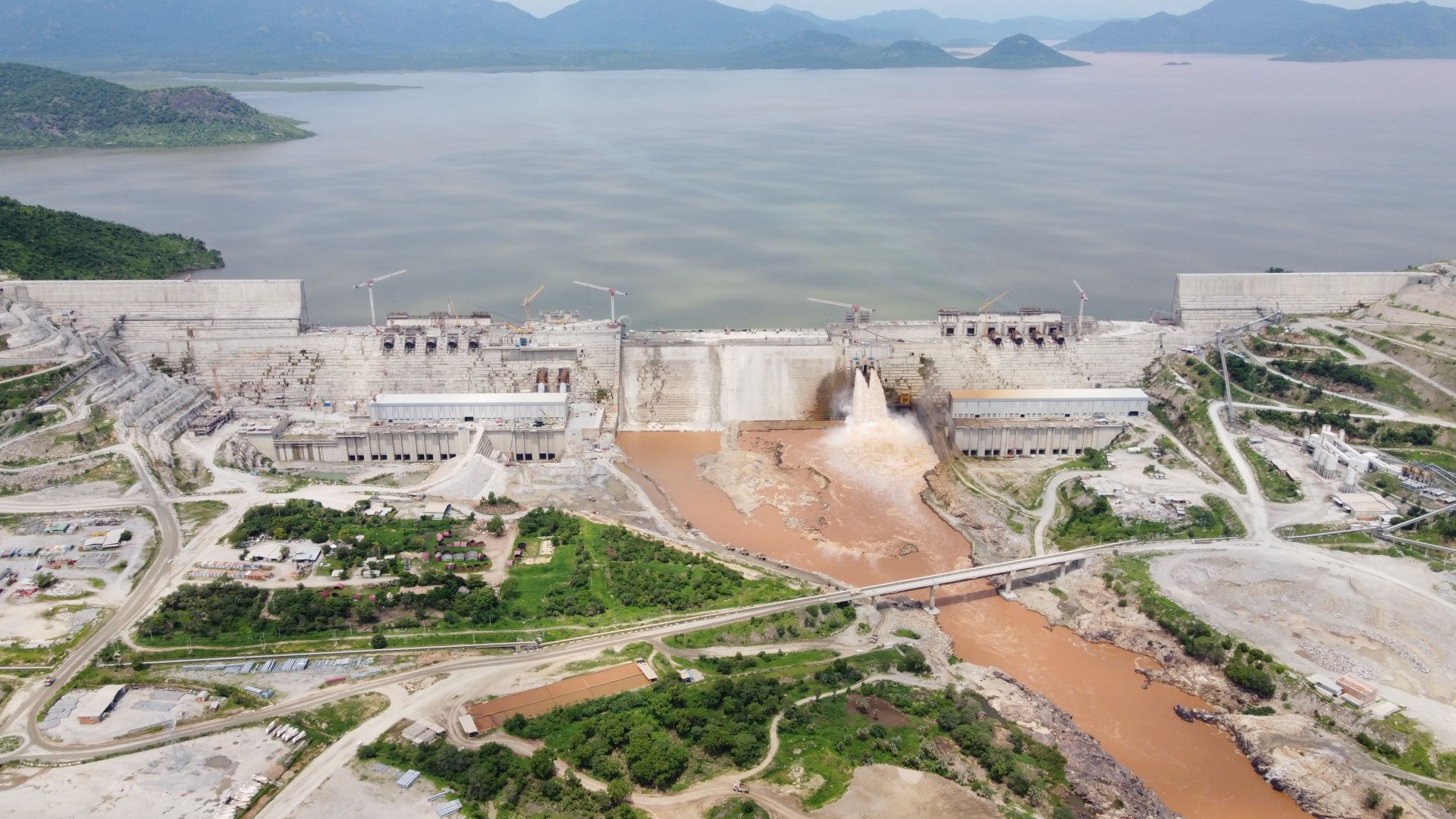The year 2020 will be remembered for the terrible 12 months when economic activity around the world came to a standstill to halt the spread of the Covid-19 virus. However, it was also a year when 12 million people were employed in the sector globally (up from 11.5 million in 2019), 32% of which were filled by women.
The figure illustrates the sector’s growth, which is also now supported by the post-Covid economic recovery. It comes from the 2021 Annual Review “Renewable Energy and Jobs,” a study recently published by IRENA, the International Renewable Energy Agency, together with the International Labour Organisation.
The report predicts that the number of employees in the sector will be 38 million by 2030, reaching 43 million by 2050. From hydroelectric to solar and bioenergy, the new models of energy production are destined to drive not only economic growth but also the job market. Countries around the world, starting with those in the European Union, are investing in the process of energy diversification so that the transition to clean energy can finally be completed.
The role of hydropower in job growth
Hydropower is an important driver in the fast-growing clean energy sector. In the five years leading up to 2020, the sector experienced a slight contraction in terms of jobs created, only to start up again last year, when 2.2 million people were employed on a global scale.
From China to Argentina, from Brazil to Tajikistan and Australia, several countries have launched ambitious projects and are supporting multi-year investments to equip communities with large hydroelectric plants capable of creating clean energy. Webuild Group, one of the world leaders in the hydro sector, is involved in projects such as Snowy 2.0, the maxi hydroelectric plant that will be built in the Snowy Mountains, Australia.
The strength of this model of energy supply is that hydroelectric plants can be of very different sizes, from vast projects, such as the Ethiopian dams built by Webuild, to smaller works which nevertheless remain valuable to communities. In this sense, using water becomes one of the most sustainable ways of producing energy, as well as a great driver for the creation of new jobs.

The 100,000 workers that Italy needs
The infrastructure sector is contributing to Italy’s economic recovery, but PNRR investments alone are not enough. New construction sites must open alongside the development of existing ones, creating the conditions for job creation. According Webuild Group CEO Pietro Salini, 100,000 workers are needed in Italy to satisfy the demand from new infrastructure projects.
“The PNRR is a great plan that will have an important impact for the country,” said Salini, “thanks also to the government’s commitment to the programme – especially where it is accompanied by implementation measures and additional resources beyond the PNRR.”
In the coming months, a skilled workforce will be needed to build the high-speed rail links for Genoa and across Italy’s south. “The current labor shortage must be managed by working together with government institutions,” continued Pietro Salini, “since this level of massive investments have not been made since the 1990s. To encourage recovery, it is important that technical and university training be at the center of development strategies.”
The search for young talents for the infrastructure projects of the future
From green energy to sustainable mobility, the broad demand for a new workforce has triggered a natural competition for talent recruitment as young graduates leave their studies to enter the professional field. Webuild Group is actively attracting the best engineers and technicians on the market, also through programmes that support technical and university training. “As Webuild, we are accelerating our scholarship programmes, our collaboration with universities, company internships, and we are also thinking of launching new professional training projects,” said Salini. “People who train with us also find work opportunities in the many foreign countries where we export our know-how, as is the case with the high-speed train in Texas, one of the largest hydroelectric plants in Australia (Snowy), and the Grand Paris Express in France.”
Confirming the vitality of the labour market and the strength of its order book, Webuild Group has hired 61,000 people between 2015 and 2021. In addition, the average age of the Group’s employees is currently 38, and 45% are under 35. Partnerships with the best universities and research centers have supported the creation of this new army of qualified staff. Today it is a strategic resource in building the most complex infrastructure works in the best possible way and in the shortest possible time.

